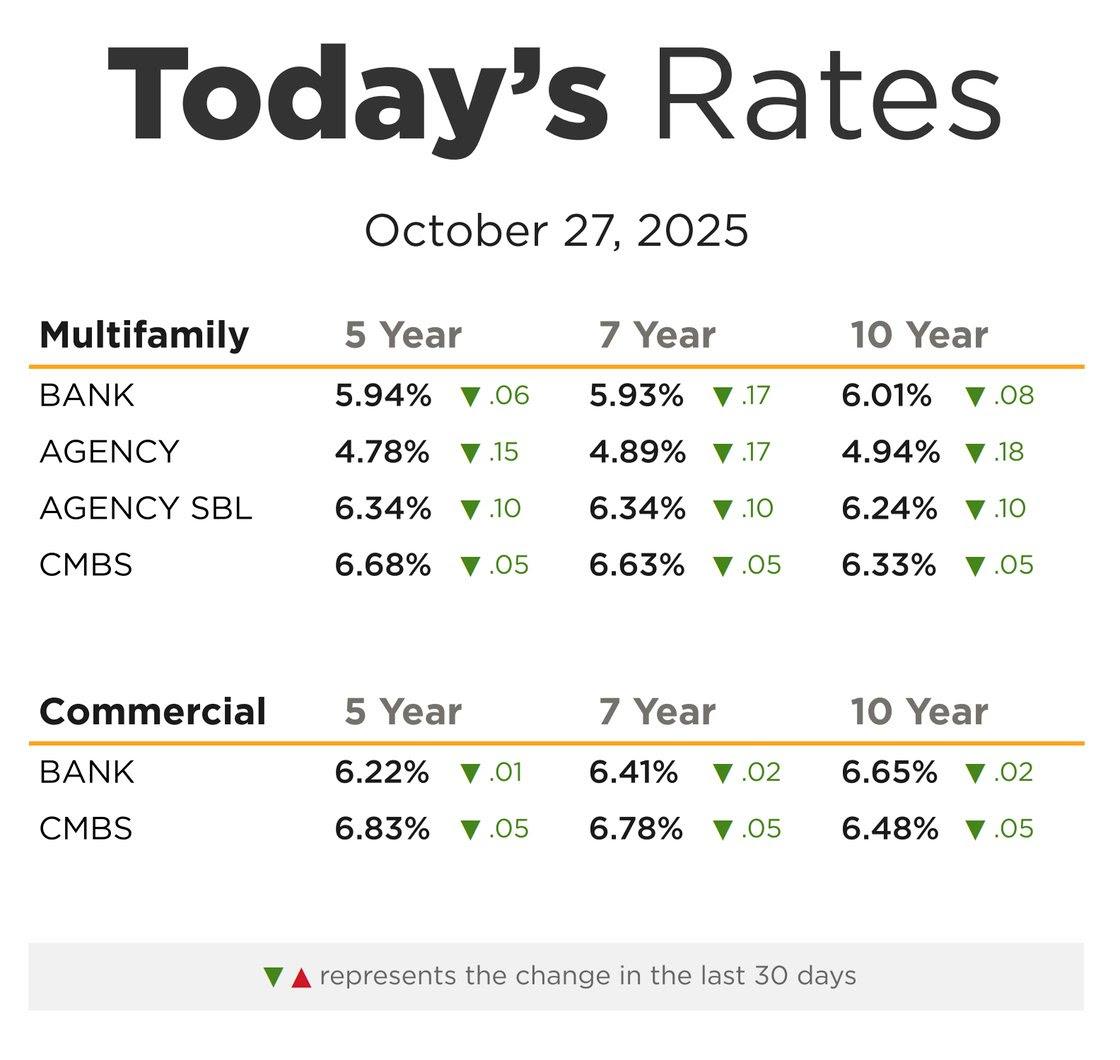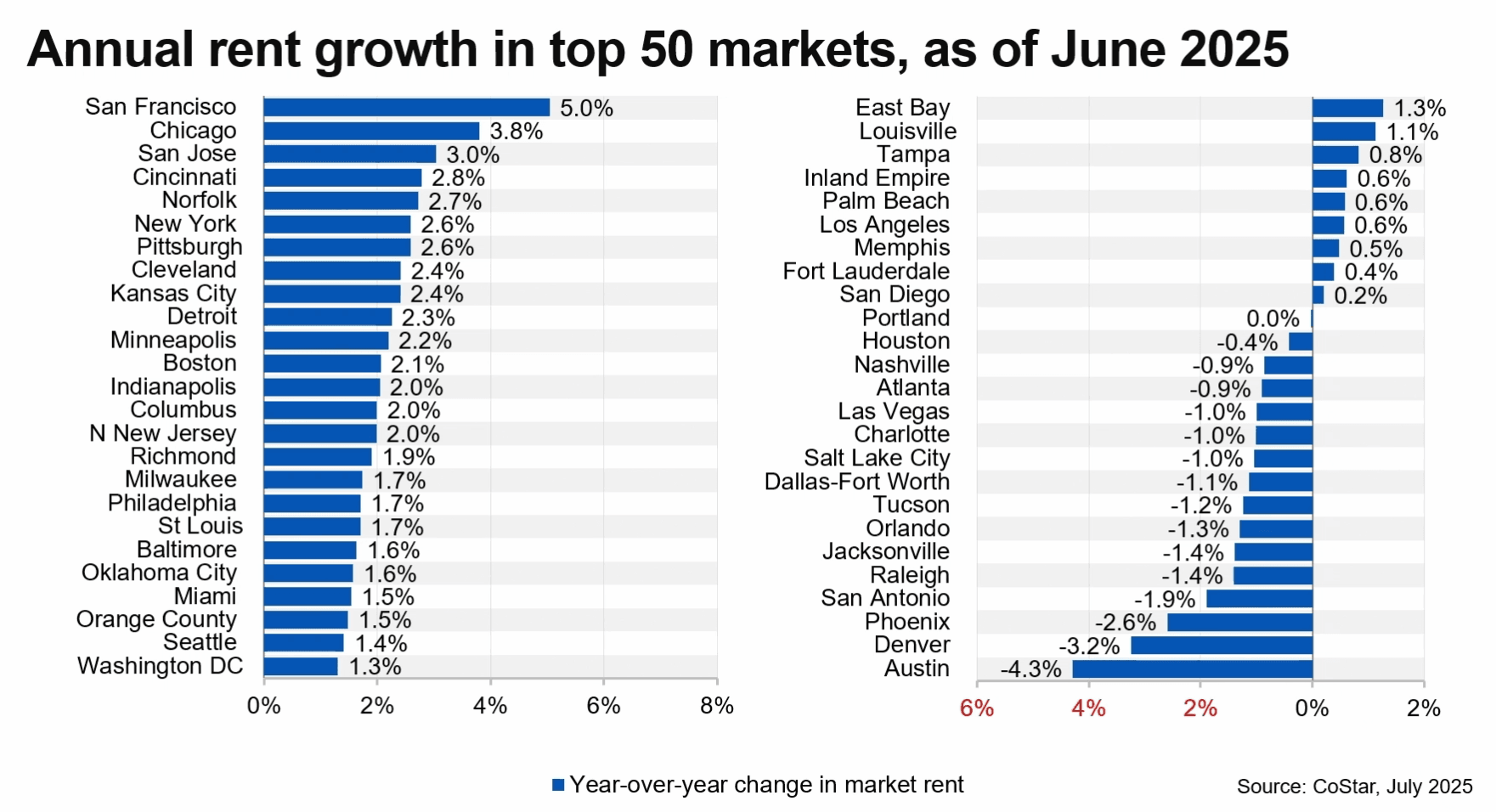For 2021, here are our latest top misconceptions we’ve found that the public has about 1031 Exchanges.
-
- 1031 Safety in Tax Reform
- Like-Kind Property
- Vacation Home Usage
- Reverse Exchange
- Reinvesting Proceeds and Replacing Debt
- Partially Tax Deferred Exchanges
- Identification Rules
- Penalties
- IRS Filing
- Partnerships & LLCs
- Improvements
- Starting an Exchange
1031 Safety in Tax Reform
Threats to repeal or cut 1031 never make it through tax reform proposals and bills.
FALSE
The threat of 1031 limits or even repeal is real. Currently, the latest proposal caps deferral at $500,000 (single taxpayer) / $1 million (married taxpayers filing jointly). IPX1031, the Federation of Exchange Accommodators together with many individuals, companies, and trade associations representing many diverse industries are actively educating and advocating our federal legislators in Washington D.C.
What can you do? It is important that Congress hears your voice – and more than once. Click here to send an electronic letter to your U.S. Senators.
Like-Kind Property
If I sell an apartment building, I must buy another apartment building because of the 1031 “like-kind” requirement.
FALSE
The “like-kind” requirement does not mean selling and buying the same exact type of property. In an IRC §1031 transaction, you can exchange real property for virtually any other real property in the United States, as long as the property is held for productive use in a trade or business or for investment purposes. The term “like-kind” refers to the nature or character of the property, not its grade or quality. For this reason, nearly all real property is like-kind to all real property. You can sell an apartment building and exchange it for a strip mall, a warehouse, an office building, a vacant lot, farmland, etc.
Vacation Home Usage
Vacation and second homes have been a hot investment, especially during the pandemic. I’ll sell my investment real estate and buy a vacation home that I can enjoy with my family during the summer months. Since it’s my investment property it qualifies under the 1031 rules.
FALSE
You can sell your investment real estate and reinvest the gain, tax-deferred, to purchase your vacation or second home, the challenge is making sure it will qualify as a 1031 investment property. Meaning that during the initial 24 months of ownership there are strict rules to follow regarding personal use. The important rule is that you can only use the property for 14 days each year or 10% of the actual days that you rent it out. For example, if you lease it for 200 days each year, your personal use can be up to 20 days. If you are able to abide by these rules, after two years the dream vacation home is yours to use as often as you like without any more requirements. Check with your tax advisor and click on the links below when considering a vacation home or second home as a new Replacement Property to complete your 1031 Exchange.
Reverse Exchanges
Reverse Exchanges are quick and simple – I just buy my new Replacement Property first, then sell my old Relinquished Property by year’s end.
FALSE
The concept of buying first/selling second is correct, but Reverse Exchanges are not simple nor quick. Many exchangers do not realize that when the new property is acquired, IPX1031 (through an affiliated entity) needs to be the titleholder of the old Relinquished Property or new Replacement Property. You cannot own the Relinquished Property and the Replacement Property at the same time. Due to this requirement, Reverse Exchanges take longer to structure and because there are more steps and increased complexity, there are additional costs and fees.
Reinvesting Proceeds and Replacing Debt
I only have to reinvest the profits from the sale of my old Relinquished Property to fully defer my taxes in a 1031 Exchange.
FALSE
For a full deferral of taxes, you should follow three rules:
-
- Purchase like-kind Replacement Property of equal or greater value than the Relinquished Property (buy equal or greater in value);
- Reinvest all of the net equity (exchange funds) from the sale of the Relinquished Property into the Replacement Property (spend all of the net equity); and
- Replace the value of the debt paid off on the Relinquished Property with cash (from outside of the exchange) or debt placed on the Replacement Property.
As a practical matter, satisfying the first two rules, buying equal or greater value property and reinvesting all of the exchange funds, will result in the debt requirement being satisfied.
Partially Tax Deferred Exchanges
I sold for $100,000 but I cannot defer my taxes since the new property I plan to purchase has a sales price of only $92,000. Therefore, I cannot defer my taxes via a 1031 Exchange.
FALSE
A 1031 Exchange does not need to be an all-or-nothing proposition. A partially tax-deferred 1031 Exchange is valid. If you purchase property lower in value or take a portion of the cash from the closing of the sale and do not reinvest all of your exchange proceeds, you will have a partially tax-deferred exchange. You will pay taxes on the “boot”, which are those funds not reinvested or debt replaced. At times, a partial exchange may be advantageous to an Exchanger. Depending on your circumstances, it’s a strategy worth discussing with your legal and tax advisors.
Identification Rules
It doesn’t really matter that I did not identify any property for my exchange within 45 days if I eventually purchase a new property and follow the other rules.
FALSE
The rules under section 1031 are very strict. If you do not identify any property within the identification period, your exchange will fail. There are no exceptions. It is important to remember from the day your Relinquished Property transfers, you have 45 calendar days to identify potential Replacement Property using the 3 Property Rule (most common), 200% Rule, or 95% exception. You can change your identification at any time before the expiration of the 45-day identification period, but not after it expires. The statute is very clear, to be eligible for deferral under section 1031, the like-kind property must be identified within 45 calendar days and acquired within 180 calendar days from the transfer of the Relinquished Property.
Penalties
The IRS will penalize me for not completing an exchange.
FALSE
If you set up your sale as a 1031 Exchange and cannot locate a new property to complete your exchange, you will not be penalized by the IRS, nor by IPX1031. The exchange simply “fails”, and you will pay the same taxes as if you had never attempted to complete a 1031 Exchange. However, there are strict rules in the 1031 regulations as to how long you will need to wait before IPX1031 can return your funds to you.
IRS Filing
When I complete my exchange – successful or not, IPX1031 will file my exchange with the IRS.
FALSE
IPX1031 (your QI) will not file any forms with the IRS. When a 1031 Exchange is complete, you or your tax advisor will need to include IRS Form 8824 with your federal tax return for the year the Relinquished Property was transferred. Form 8824 identifies the Relinquished Property, the Replacement Property, and the date it was identified. The form also identifies the recognized and deferred capital gain as well as any taxable boot or non-like-kind property received by you in the 1031 Exchange.
Partnerships & LLCs
A partnership or multiple-member LLC can sell property, and after the closing, the partners/members can each take their percentage of sale proceeds and go their separate ways to buy Replacement Property on their own.
FALSE
Only real estate is eligible for a 1031 Exchange. A partnership interest is a personal property right to the assets owned by the partnership. If partners or members intend to go their separate ways after the transfer of the Relinquished Property, planning and restructuring of the ownership entity should be accomplished well in advance of placing that property for sale.
Improvements
I can buy lower-valued Replacement Property, take the title and then make improvements after closing using my exchange proceeds, my own cash, and/or financing to increase the property value in the exchange.
FALSE
Once the taxpayer takes title to the Replacement Property the exchange is over. Any improvements made after taking title regardless of how they are paid for will not count towards the exchange. If you would like to build on or make improvements to a Replacement Property, you can use the exchange proceeds by structuring an Improvement Exchange, also known as a Build-to-Suit Exchange or a Construction Exchange. This structure adds complexity and ultimately more cost to your exchange yet can be very beneficial.
Starting an Exchange
I closed yesterday but haven’t touched the funds. I can still set up an exchange.
FALSE
Unfortunately, you cannot defer your taxes via a 1031 Exchange if you have already closed on your property. To comply with the requirements of the 1031 regulations, you must enter into an Exchange Agreement with a Qualified Intermediary (IPX1031) and the Qualified Intermediary must assign into the contract between you and your buyer before the “benefits of benefits and burdens of ownership” transfer to the buyer.
Receive Market Insights
Periodic analysis on rents, pricing, cap rates, and transaction activity across Chicago and key suburban markets.



